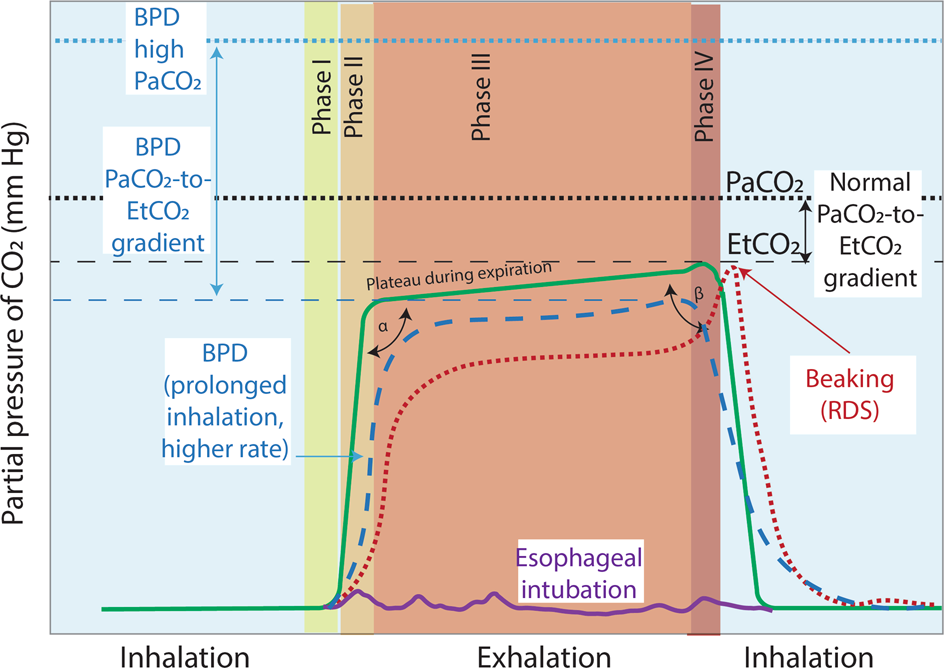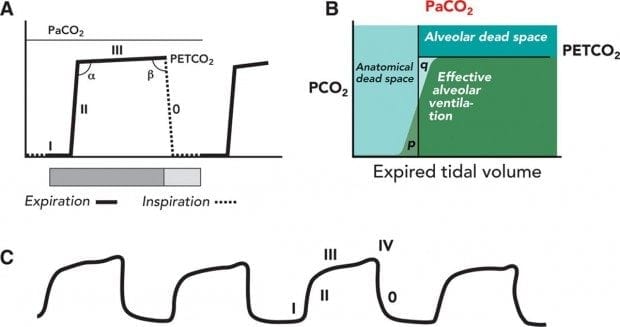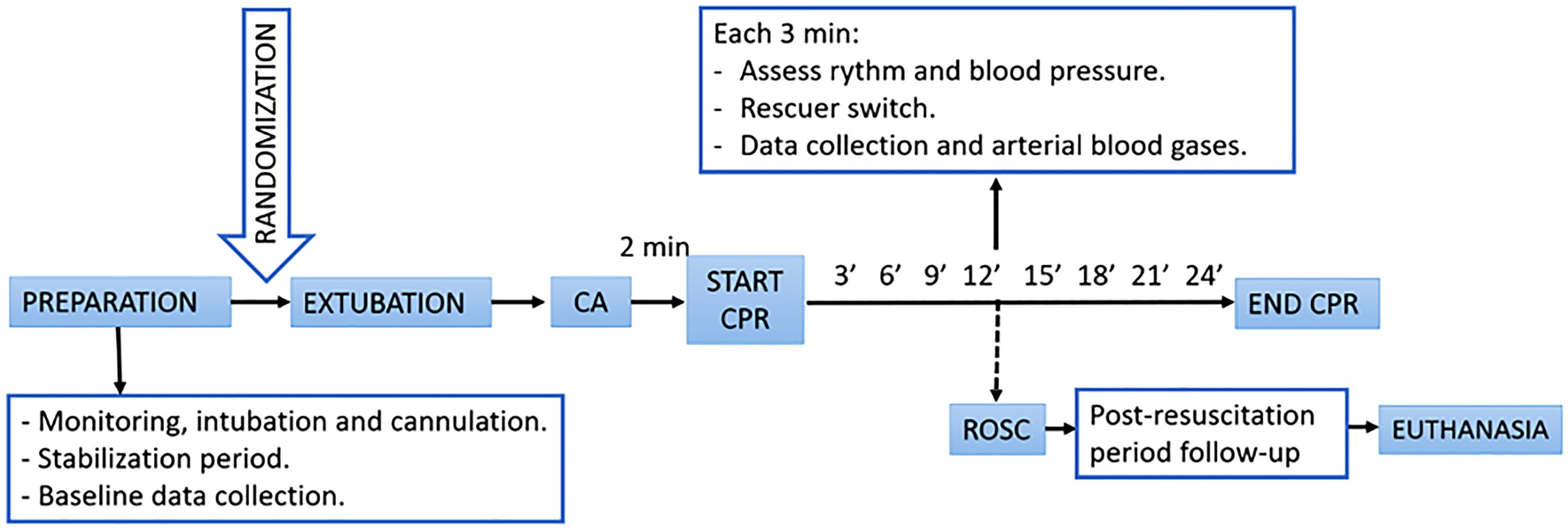end tidal co2 range in cardiac arrest
End-tidal carbon dioxide and outcome of out-of-hospital cardiac arrest. End-Tidal CO2 in Cardiac Arrest.

End Tidal Carbon Dioxide Concentration During Cardiopulmonary Resuscitation Nejm
In the group with asphyxial.
. Pierre Kory Laura OBrien RN CNS. The initial values of PetCO2 were significantly higher in the group with asphyxial cardiac arrest 674 422 kilopascals kPa versus 451 247 kPa. Loss of ETCO2 may be the first sign that CPR is needed.
Increasing CO2 during CPR can also indicate the return of spontaneous circulation. The Journal of Emergency Medicine released an article traumatic brain injury careOriginal Article. More Than Just a Number.
Although the normal range for CO2 should be between 35-45mmHg CO2 monitoring gives healthcare providers a lot more insight into what is going on with a. Partial pressure of end-tidal carbon dioxide successful predicts cardiopulmonary resuscitation in the field. BackgroundPhysiology 2 Monitoring end.
Immediate causes of arrests were hypotension in 74 respiratory decompensation in 28 and arrhythmia in 14. Here are five things you should know about waveform capnography in cardiac arrest. Predicting likelihood of return of.
MEASURING END-TIDAL CO 2 LEVELS DURING CARDIAC ARREST Presentation for MSBI Nurses Prepared by Dr. Geoff Murphy from Master Your Medics provides a refresher training video on end. Kolar M Krizmaric M Klemen P Grmec S.
End tidal carbon dioxide CO2 correlates with cardiac output during cardiopulmonary resuscitation in cardiac arrest patients. In one of largest studies to date of prehospital capnography in cardiac arrest an initial EtCO2 10 mmHg 13 kPa was associated with an almost five-fold higher rate of return. During CPR median ETCO2 was 23 mmHg median ventilation rate was 29.
After 20 minutes of advanced cardiac life support end-tidal carbon dioxide SD averaged 4429 mm Hg in nonsurvivors and 32874 mm Hg in survivors P 0001.

Non Invasive Carbon Dioxide Monitoring In Neonates Methods Benefits And Pitfalls Journal Of Perinatology

A Systematic Approach To Capnography Waveforms Ems Airway

Capnography Waveform Interpretation Litfl Ccc Equipment

The Association Between End Tidal Co2 And Return Of Spontaneous Circulation After Out Of Hospital Cardiac Arrest With Pulseless Electrical Activity Sciencedirect
Effectiveness Of Cpr And Prognosis In Cardiac Arrest Capnography Training

Prone Cardiopulmonary Resuscitation P Cpr Confirm Grepmed

3 Waveform Capnography Showing Changes In The End Tidal Carbon Dioxide Download Scientific Diagram

Capnography In The Intubated Patient Shannon M Reynolds Widener University Ppt Download

Monitoring Exhaled Carbon Dioxide Respiratory Care

Capnography Provides Bigger Physiological Picture To Maximize Patient Care Jems Ems Emergency Medical Services Training Paramedic Emt News

End Tidal Co2 In Cardiac Arrest Jems Ems Emergency Medical Services Training Paramedic Emt News

Effects Of Airway Management And Tidal Volume Feedback Ventilation During Pediatric Resuscitation In Piglets With Asphyxial Cardiac Arrest Scientific Reports

Jack Cf Chong On Twitter Etco2 In Cardiac Arrest Pqrst P Position Of Ett Q Quality Of Chest Compression R Rosc S Strategy Of Management T Termination Of Cpr Https T Co Gym4i4l3xx Twitter

How To Read And Interpret End Tidal Capnography Waveforms

5 Medical Conditions Where Capnography Can Affect Bls Care

Waveform Capnography In The Intubated Patient Emcrit Project

Capnography During Cardiac Arrest Resuscitation

Pdf Difference In End Tidal Co2 Between Asphyxia Cardiac Arrest And Ventricular Fibrillation Pulseless Ventricular Tachycardia Cardiac Arrest In The Prehospital Setting
